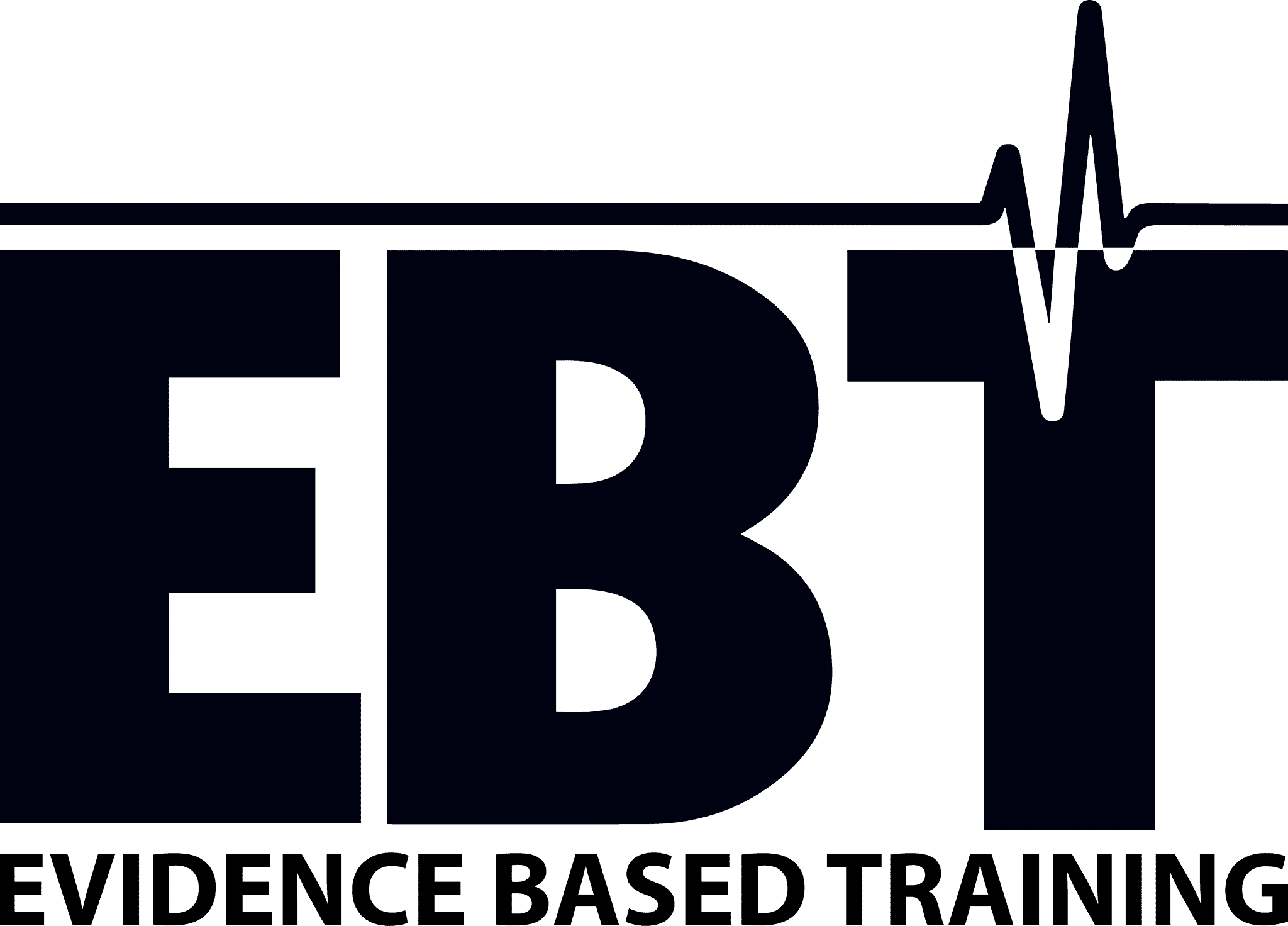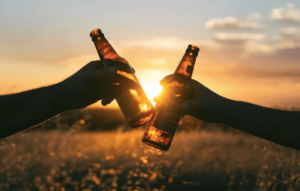“Sugars” in food labels includes both added and natural sugars!
Basically all of us hear that “sugar” is bad and that foods like soda, cookies, ice-cream and candy holds large amount of sugar calories. But what is sugar and is it possible that you are getting more sugar in your diet than you know? You might be reading the labels on the back of the products you buy but in order to make an informed decision to what to buy and what to put back on the shelf you need to know the basics of sugars.
Understanding the Molecules
Simple carbohydrates include monosaccharides: Glucose, Galactose and Fructose.
These can pair up forming disaccharides:
- Sucrose (glucose+ fructose): The classic table- sugar, found in sugar cane, sugar beets, honey and corn syrup
- Lactose (glucose + galactose): Found in milk- products
- Maltose (glucose +glucose): Found in malt.
We also have complex carbohydrates, which are various branched chains of monosaccharides. Starch is an example starch made of glucose and is found in grains, wheats, legumes, potatoes and vegetables.
Natural Sugars
On the food- label you might see “Natural sugars”. These are the same molecules described above, but naturally occurring (or “intrinsic”) in whole fruit, vegetable and milk products. In whole food products these sugars are consumed with fibers, complex carbohydrates and possibly fat that makes it hard to overconsume and allow you to stay within healthy doses of sugar. Careful, however, as processed food products like juices and dried fruit will be marketed as including “natural sugars”, but without the other nutrients which help limit overconsumption.
Added Sugars
These are sugars added to food during processing. This is what you want to look out for and limit. “High fructose corn syrup” is one of the most commonly added sugars and is essentially 50/50 glucose and fructose, i.e. the same as table-sugar. This is often used as sweetener in beverages.
“Total sugars”: includes both the natural + added sugars!
If the label doesn’t say anything more you won’t know if sugar is added or naturally occurring.
How Does Your Body Process Sugar?
Disaccharides are broken down to monosaccharides in the small intestine, and then absorbed and used as primary fuel for the body. Pancreas cells will start to synthesize and release the hormone insulin into the bloodstream. Simultaneously, release of glucagon (“the opposite of insulin”) from the pancreas will be inhibited. Insulin helps transport glucose into skeletal muscles, heart muscles and to the fat tissue for energy storage. Glucose is also transported into the liver for glycogen (insulin is not needed for this!). When need energy, glucose is broken down to ATP, the body’s energy currency which fuels most processes in the body.
Summary
Understand “sugar” can mean many things, and while there really isn’t any difference in the sugar molecules found naturally in food and the ones added to our foods, natural sugars tend to come with many other nutrients making them harder to overconsume.
Our previous post addressed sucrose (both added and natural), and found that you can consume up to 10E% of this molecule without dangerous effects. Most of us eat more than 10E%, and can lower our consumption by limited added sugar intake.
Wanna to learn more about sugar? We break down sugar in more detail in our best selling eBook Diet Like A Doctor, get it here: https://www.ebtofficial.com/diet/
Sources:
Johnson et al. Dietary Sugars Intake and Cardiovascular Health. Circulation. September 15, 2009
—————————–
Article by team EBT member @jonasliefke, 3rd year Medical Student, BSc Physiotherapy. www.jonasliefke.com“









